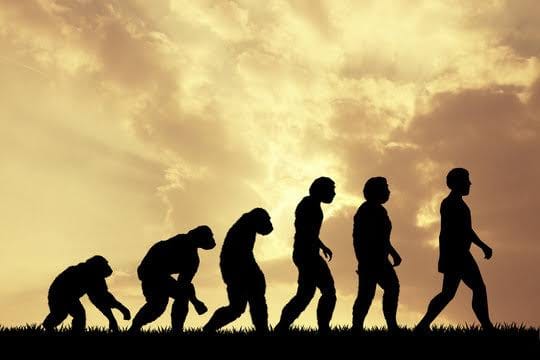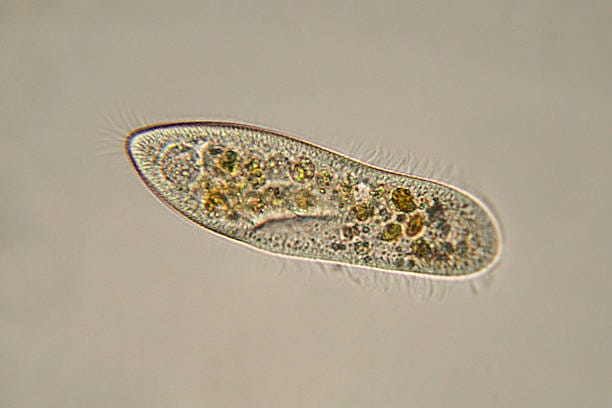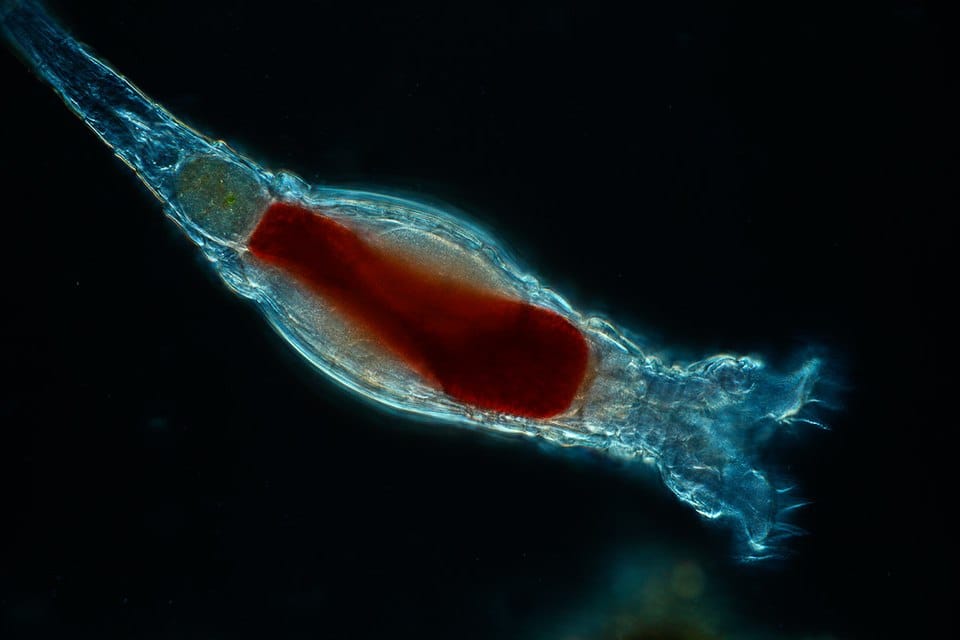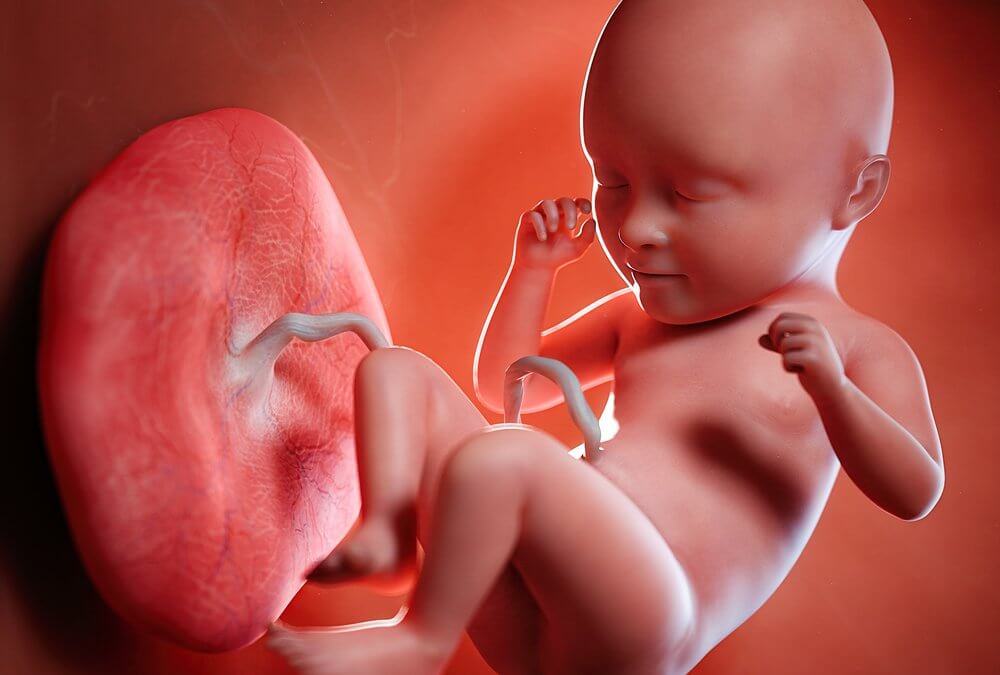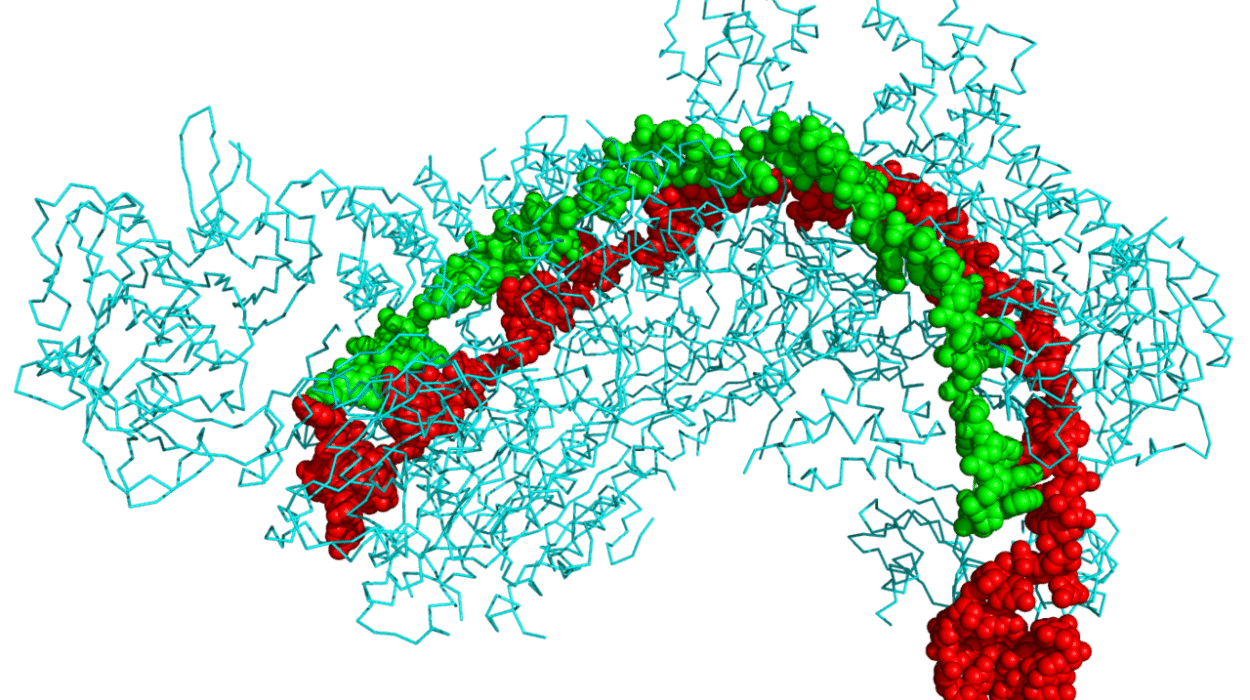Every breath we take and every leaf that falls is part of a story older than humanity itself—a story written in carbon. This element, simple yet profoundly versatile, forms the backbone of life as we know it. But carbon is more than just the stuff of cells; it is a traveler, moving through earth, sky, and sea in a grand, perpetual journey known as the carbon cycle. Without this cycle, Earth would be a lifeless rock. With it, we have seasons, weather, forests, oceans, and even civilization.
The carbon cycle is not merely an abstract scientific model. It is the circulatory system of the planet, balancing the carbon that exists in different forms across ecosystems. From the volcanic belches of ancient Earth to the burning of fossil fuels in modern cities, carbon’s journey is one of transformation and balance—a balance that is increasingly threatened in our age.
Let’s dive deep into the carbon cycle, peel back its layers, and discover why understanding it is not only fascinating but essential for our future.
Carbon: The Foundation of Life and Energy
To appreciate the carbon cycle, we must first understand carbon itself. On the periodic table, carbon is element number six. It has the unique ability to form four covalent bonds, allowing it to create complex molecules—chains, rings, and frameworks that serve as the building blocks for DNA, proteins, fats, sugars, and more. This makes it the elemental scaffold of life.
But carbon isn’t only confined to living beings. It also appears in the air as carbon dioxide (CO₂), in the oceans as dissolved carbonate, in the crust as limestone and coal, and in the deep Earth as fossil fuels. The carbon cycle is the set of processes that moves this carbon from one place to another, recycling it constantly over geological and biological timescales.
Earth’s Carbon Reservoirs: Where Carbon Lives
Carbon doesn’t stay in one place. Instead, it resides in various “reservoirs” or “sinks,” each with its own role in the global cycle. These include the atmosphere, biosphere (all living organisms), geosphere (rocks, sediments, and fossil fuels), hydrosphere (oceans and freshwater), and cryosphere (frozen regions).
The atmosphere contains carbon mainly as carbon dioxide and methane. Though present in small concentrations, these gases are powerful regulators of Earth’s climate. The biosphere holds carbon in plants, animals, fungi, and microorganisms. When these organisms live, grow, die, and decompose, carbon is constantly moving.
The oceans, our planet’s largest carbon sink, dissolve CO₂ from the atmosphere and host an immense array of organisms that fix carbon through photosynthesis. Finally, the geosphere stores vast amounts of carbon locked away for millions of years in limestone, oil, coal, and natural gas.
The movement of carbon between these reservoirs is the heartbeat of the carbon cycle.
Photosynthesis: The Green Engine of the Carbon Cycle
At the center of the carbon cycle lies photosynthesis, a process as elegant as it is vital. Plants, algae, and certain bacteria absorb carbon dioxide from the atmosphere and, using sunlight, convert it into glucose and oxygen. This process not only provides the food base for almost all life on Earth but also acts as a natural vacuum cleaner for atmospheric CO₂.
Each blade of grass and every leaf on a tree is a solar-powered carbon capture device. Forests, in particular, are carbon powerhouses. Tropical rainforests like the Amazon absorb billions of tons of carbon dioxide annually, storing it in their trunks, roots, and canopy. This is why deforestation has such profound impacts on the carbon cycle—it removes one of the planet’s most effective carbon sponges.
Respiration and Decomposition: The Return of Carbon
Photosynthesis draws carbon in, but respiration sends it back. All organisms—plants included—break down glucose to produce energy. In this process, carbon is released as carbon dioxide. Animals inhale oxygen and exhale CO₂, returning carbon to the atmosphere.
When organisms die, decomposers such as fungi, bacteria, and insects break down their bodies. During decomposition, stored carbon is released into the soil and atmosphere. In environments with low oxygen, like swamps or deep ocean floors, decomposition is slow, and carbon may be buried and stored over long periods, sometimes turning into fossil fuels.
This natural recycling ensures that carbon doesn’t accumulate excessively in one place. However, this balance is fragile.
The Ocean’s Role: The Blue Carbon Highway
The oceans are carbon’s great equalizer. They absorb roughly a quarter of the CO₂ emitted into the atmosphere each year. Surface waters take in CO₂ through diffusion. Some of this is used by phytoplankton—tiny plant-like organisms—to carry out photosynthesis. When these organisms die, they sink, taking carbon with them to the deep ocean.
This process, known as the biological pump, is one of the most effective ways carbon is transported from the atmosphere to the deep ocean. Some of it remains for centuries, some for millennia. Meanwhile, carbon also reacts chemically in seawater to form bicarbonates and carbonates, buffering the pH of the ocean and helping marine organisms like corals and shellfish build their skeletons.
But this role comes at a cost. As oceans absorb more CO₂, they become more acidic—a process known as ocean acidification. This threatens marine life and disrupts the carbon cycle’s delicate equilibrium.
Fossil Fuels: Ancient Carbon Awakened
Millions of years ago, vast forests and microscopic organisms died and sank into swampy waters, avoiding full decomposition. Over time, they were buried under sediments and subjected to intense heat and pressure. The result? Coal, oil, and natural gas—concentrated forms of ancient carbon.
For most of Earth’s history, this carbon remained locked underground. Then came the industrial revolution. Humans began extracting and burning fossil fuels on a massive scale, releasing carbon that had been buried for eons into the atmosphere almost overnight in geological terms.
This sudden influx has overwhelmed the natural balance of the carbon cycle. Where forests and oceans once absorbed most atmospheric CO₂, they can no longer keep up. The result is an unprecedented spike in carbon dioxide levels, driving global warming and climate change.
Human Impact: Tipping the Carbon Scales
Human activity has become the most powerful force shaping the carbon cycle. We release more than 35 billion tons of carbon dioxide annually through transportation, industry, electricity production, agriculture, and deforestation. Since the pre-industrial era, atmospheric CO₂ levels have risen from about 280 parts per million to over 420.
This excess carbon acts like a heat-trapping blanket, warming the planet. The consequences are evident: melting glaciers, rising seas, stronger storms, and shifting weather patterns. The carbon cycle, once balanced and self-regulating, is now struggling under the weight of human influence.
And yet, within this crisis lies opportunity. Understanding the carbon cycle is key to solving the climate puzzle. It shows us where carbon comes from, where it goes, and how we might restore equilibrium.
Carbon Sequestration: Rebalancing the Cycle
One of the most promising responses to the carbon imbalance is carbon sequestration—the act of capturing and storing carbon so it doesn’t enter the atmosphere. Nature has done this for millennia. Forests, wetlands, peat bogs, and oceans naturally sequester carbon. Protecting and restoring these ecosystems is one of the most effective ways to fight climate change.
In parallel, scientists and engineers are developing technological methods. Carbon capture and storage (CCS) involves trapping CO₂ emissions from power plants or factories and injecting them into deep geological formations. Direct air capture technologies aim to remove CO₂ directly from the atmosphere, storing it underground or using it in products like concrete.
Soil carbon sequestration is another frontier. Regenerative agriculture practices—like cover cropping, reduced tillage, and composting—can increase carbon stored in soils while improving fertility and biodiversity.
These solutions are not silver bullets, but they are vital tools in rebalancing the carbon cycle.
Feedback Loops and the Carbon Time Bomb
A dangerous aspect of carbon cycle disruption is the emergence of feedback loops. As temperatures rise, permafrost in the Arctic begins to thaw. Trapped inside is methane—a greenhouse gas far more potent than CO₂. As it escapes, it accelerates warming, which in turn thaws more permafrost.
Similarly, warmer temperatures lead to more wildfires, which release vast amounts of carbon stored in forests. Melting ice reduces Earth’s reflectivity, causing more heat absorption and further warming. These feedback loops are like dominoes: once they begin, they are hard to stop.
They remind us that the carbon cycle is not a simple loop but a dynamic, interconnected system with tipping points. Once crossed, they can unleash runaway changes.
The Carbon Cycle and the Future of Civilization
The carbon cycle is not just a scientific concept; it is the foundation of our civilization. It determines the climate in which we grow food, the ecosystems that sustain us, and the air we breathe. As we navigate the 21st century, our relationship with carbon will shape everything—from economics to politics to survival.
We are now at a crossroads. Will we continue to disrupt the carbon cycle, driving ourselves toward ecological and societal collapse? Or will we learn to work with the cycle, restoring balance and harmony?
Education is the first step. By understanding how the carbon cycle works, we can make informed decisions—from the policies we support to the products we consume. We can plant trees, protect oceans, reduce emissions, and support technologies that capture carbon. Individually and collectively, we can become stewards of the cycle, rather than its disruptors.
Conclusion: The Circle of Carbon, the Circle of Life
The carbon cycle is more than chemistry. It is a story of connection—between the Earth and the sky, between the past and the future, between every living thing. It is the cycle that fuels life, regulates climate, and binds us to the planet in ways both visible and invisible.
Understanding the carbon cycle is not just an academic exercise. It is a call to action, a reminder that we are part of something larger than ourselves. And if we honor this cycle—respect its power, protect its balance—we may yet ensure a livable planet for generations to come.

